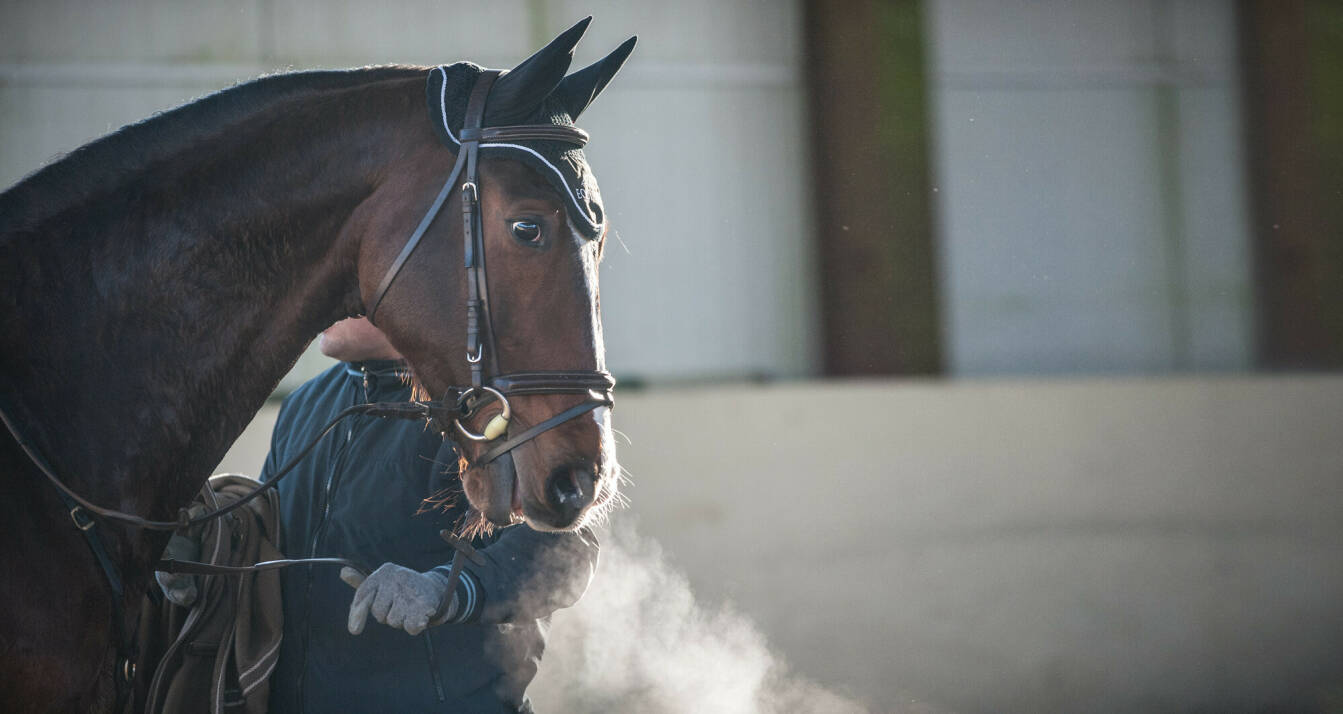The horse has a dip in front of the withers


The horse is stiff in its topline
The horse has overdeveloped muscles on the back of the thighs
The horse has underdeveloped muscles around the croup

As with other physical challenges, the body adapts so that it can function despite the challenges. It can mean an altered movement pattern, physical changes in the horse's body or behavioural changes. Some of the symptoms of diaphragm problems are:
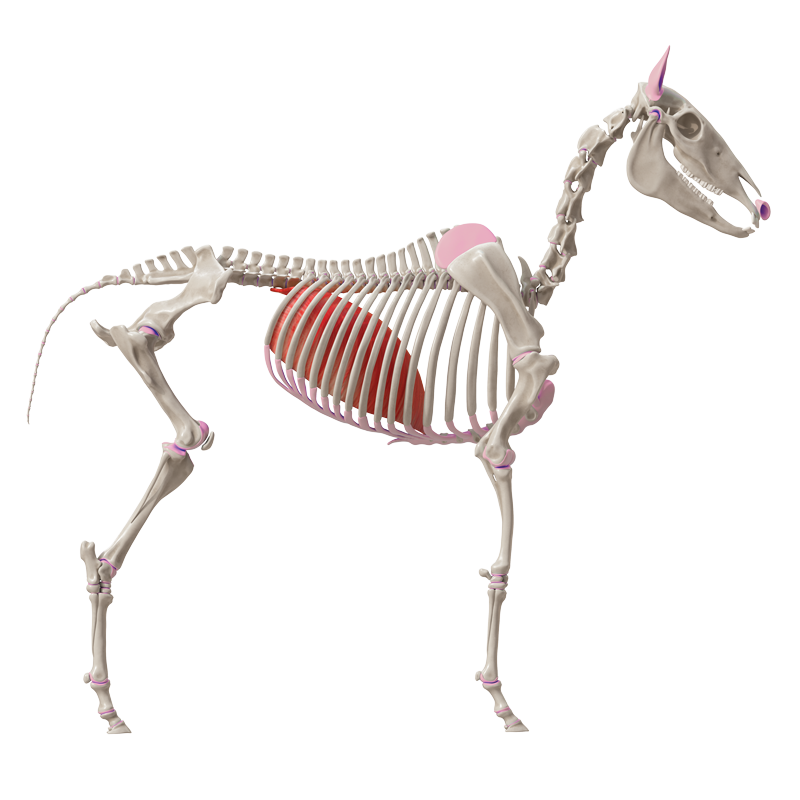
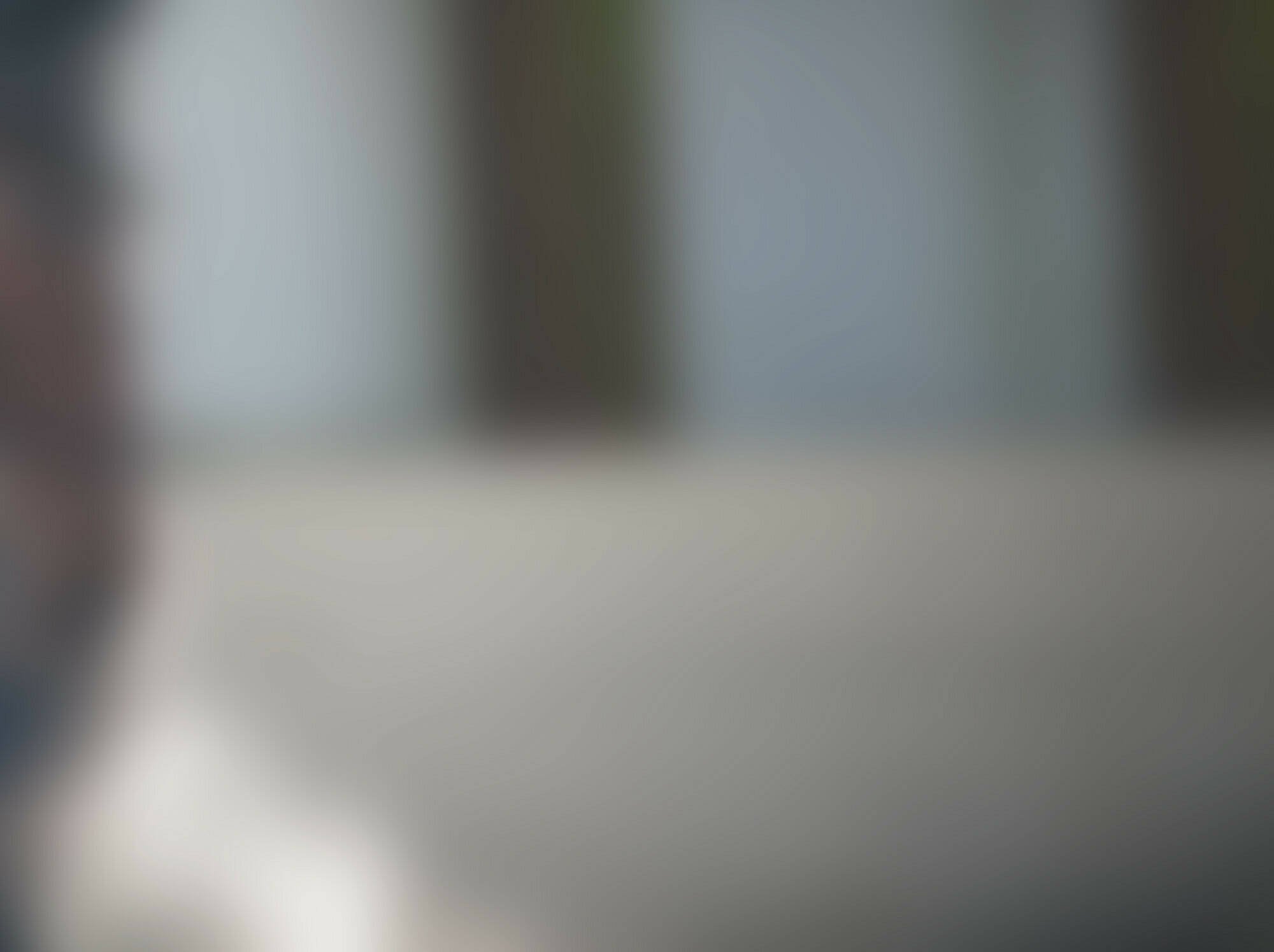
The horse doesn’t get out of breath
Reduced movement
When the diaphragm doesn’t work as intended, the horse's body usually doesn’t
function either. The body becomes in-
flexible, and the movements become stiff. The horse may, for example, have difficulty stepping under itself with its hind legs and have difficulty doing side movements. Movements that require the body being supple and flexible.
The reduced mobility has consequences. The horse must compensate in its body to be able to move without discomfort, and this can, for example, cause the horse to develop an asymmetric muscle balance. Horses that have a challenged diaphragm will often have overdeveloped muscles on the hind thighs.
Stress worsens the condition
When we are stressed, it affects the way we breathe, and the same goes for horses.
"The stressed horse will hold its breath and never manage to let go completely. This means that the ribs are inflated and can’t give in,” Bettina explains.
And it can work both ways. Problems in the diaphragm can result in the horse becoming stressed because it can’t breathe properly. The horse will feel physically tense, and this feeling will spread to its mental wellbeing. The horse is simply stressed because it can’t breathe optimally.
On the other hand, a horse that is
stressed for other reasons such as unpleasant experiences, can also have challenges in the diaphragm. Simply because it holds its breath because it’s stressed and thus doesn’t breathe properly. In the long run, it will create tensions that will affect the diaphragm.
Negative spiral
When the horse has challenges with the diaphragm, a domino effect can occur and start a bad downward spiral. If the
horse holds its breath and never has time to completely let go, it will often get tired and show a lack energy. It will not get enough oxygen and there’s a chemical process in the body, which among other things means that the muscles become stiff.
When the muscles stiffen, they become inflexible, and it becomes uncomfortable for the horse to move the way it usually would. As mentioned, this can result in the horse creating compensation patterns, which can present completely different challenges.
It almost goes without saying. A healthy breathing is important for the body to function. But actually, it reaches further than that. Healthy breathing stimulates our bodies to become even healthier, happier, less stressed and with greater energy. In addition, efficient breathing has a positive effect on the digestion and physical problems.
Are the ribs moving properly?
Lots of people don’t know how to breathe properly all the way down to the stomach, and this actually applies to our horses as well. Quick and superficial breathing doesn’t make the body work optimally. Maybe only the neck and chest muscles are working, while the abdomen, ribs and back are not moving as they should.
"It’s important that the horse breathes properly. You can find out whether it does by, among other things, observing the movement around its ribs. They must be able to move outwards and inwards, and the movement must be easy to detect,” Bettina Købke explains.
She often finds that shallow breathing in horses can be due to the ribs not being able to move freely. This can be misinterpreted as the horse being in good shape because it never gets out of breath.
"All horses must be able to feel out of breath. It testifies to a healthy movement and balance in the body. Notice if the horse takes a deep breath after hard work or just in general,” Bettina suggests.
Not breathing properly
Horses can have challenges with breathing for several reasons. The diaphragm, for example, can become irritated due to tension, injury or stress. When this happens, the diaphragm muscle will contract and become stiff and inflexible.
Due to the placement of the muscle and attachment to the lower part of the entire lumbar region, the horse's lumbar region will come under pressure because the tense muscle becomes inflexible. This resonates in other parts of the body. And very often the back becomes affected.
“Many back problems in horses can be linked to challenges in the diaphragm. That’s why you have to think the diaphragm into the equation when you have a horse with back problems,” Bettina explains.

The diaphragm is the largest and most important muscle when it comes to breathing. It’s a fairly thin muscle that separates the chest cavity from the abdominal cavity and is placed between the lungs and abdomen. When the horse breathes, the organs must move outward to make room for the lungs. The diaphragm is located
between the posterior thoracic vertebrae and the lumbar vertebrae.
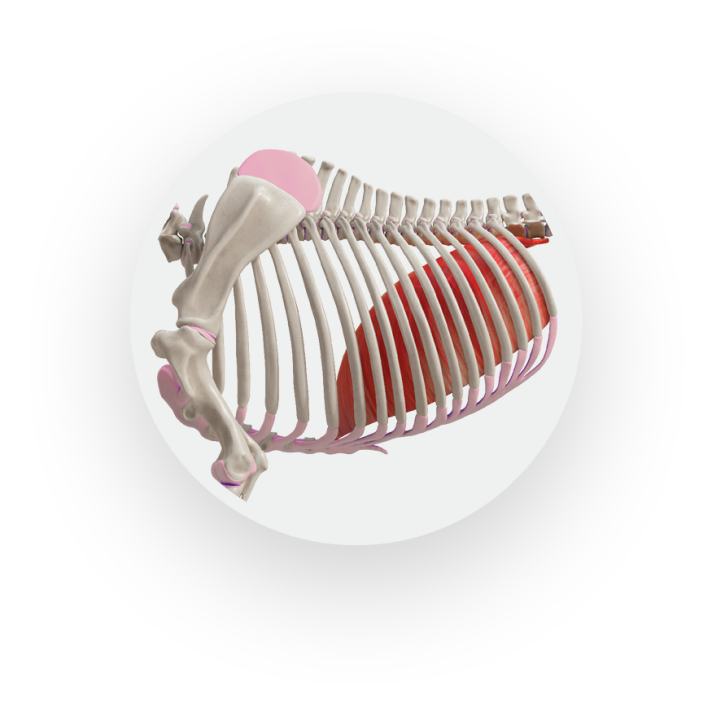
Can your horse find it hard to catch its breath? It actually has to be able to get that feeling, even if it’s in the shape of its life. If it can’t, it may mean that there are issues with the diaphragm. That can lead to a whole set of other challenges in your horse's body and psyche. We’ve talked to veterinarian and osteopath Bettina Købke about how everything is connected.
By Bettina Stecher // Photo: Shutterstock, Canva Pro
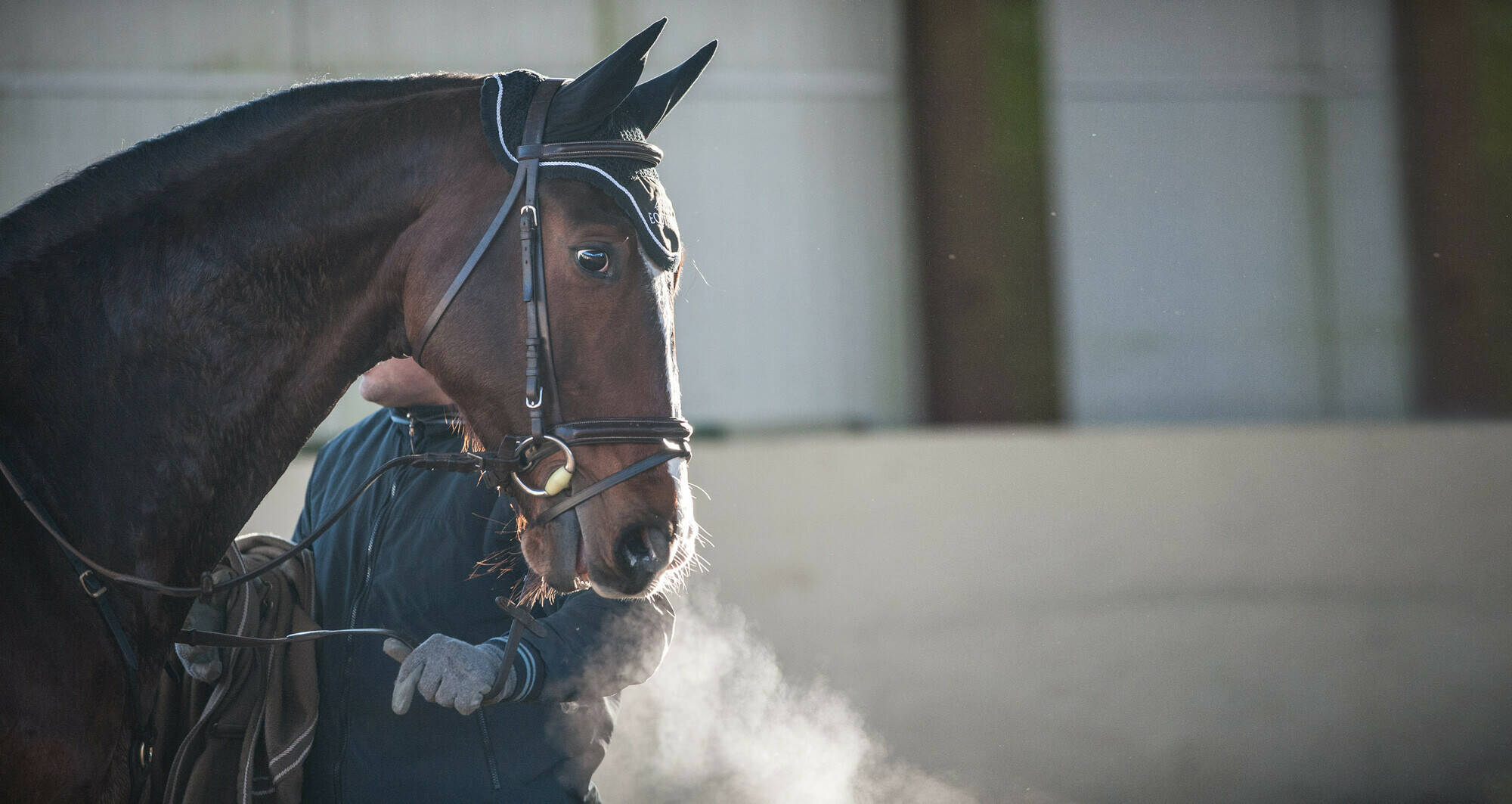

The diaphragm is the largest and most important muscle when it comes to breathing
annonce
Equine Osteopath EDO®
EDO® stands for Equine Diplomat of Osteopathy and corresponds to the humane osteopath certification. Right now, just four vets in Denmark hold this certification. The title is trademark protected and is a
guarantee that the professional has passed an exam in front of panel from IREO®. Professionals holding the title must earn points to remain certified. The equine osteopaths among other things work with organ- and
fascia techniques that are taught only at the Vluggen Institute og Equine Osteopathy.
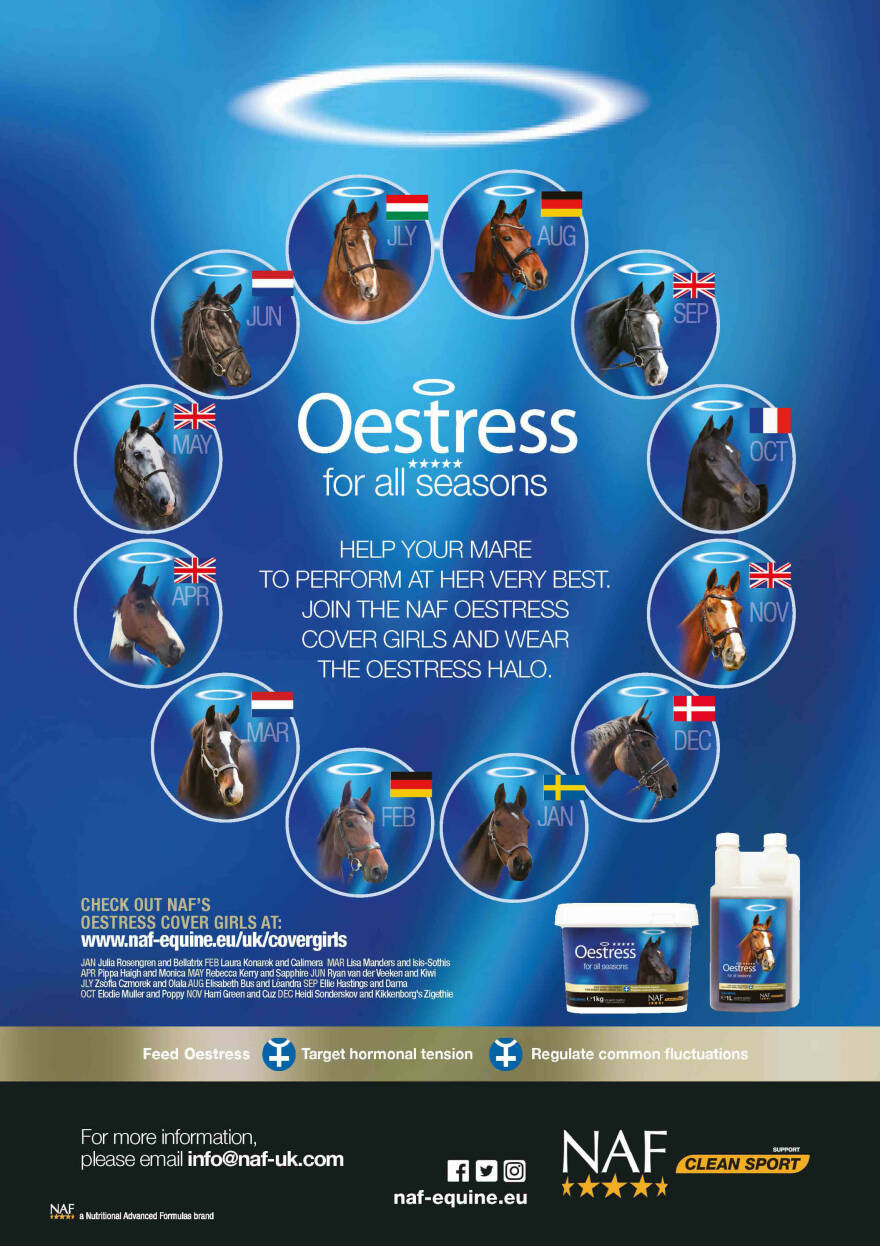
annonce
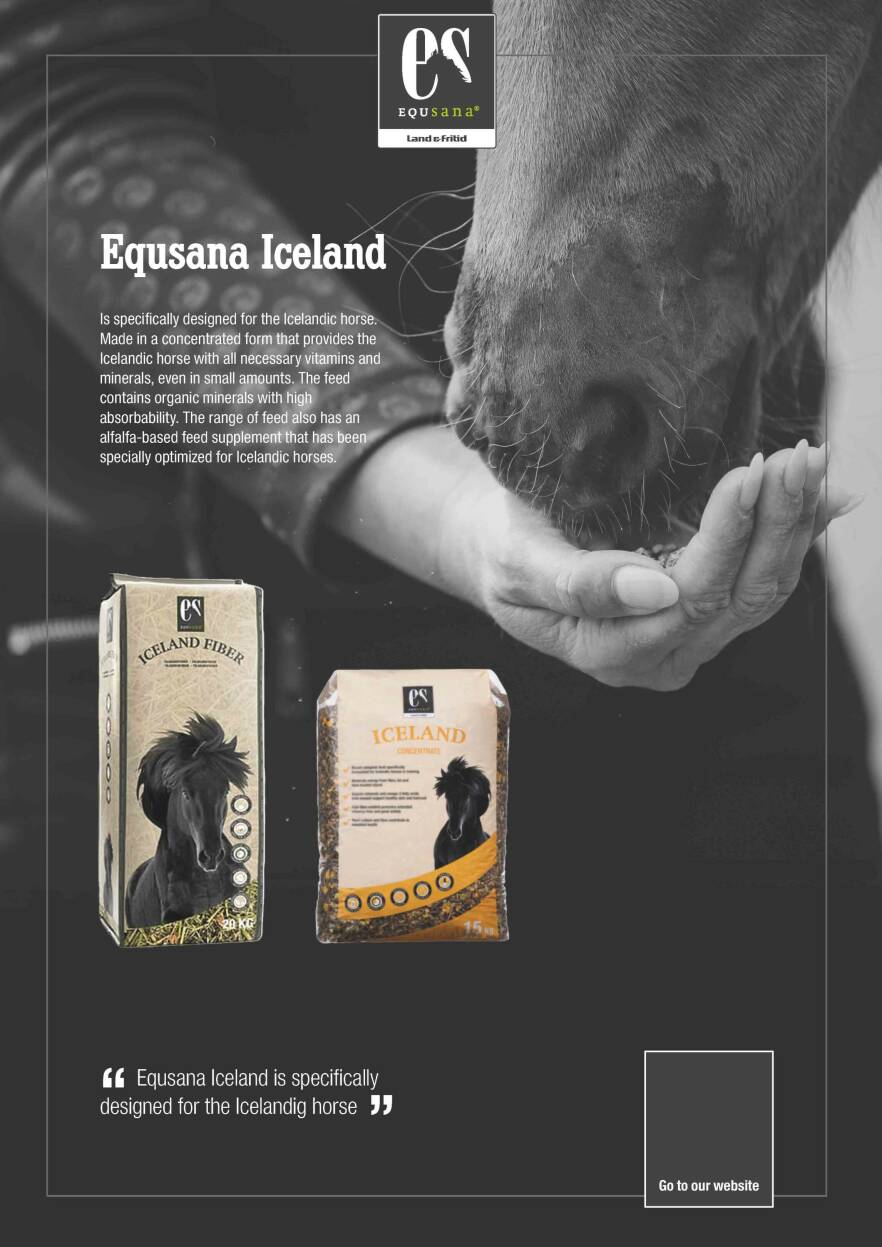
annonce

The horse can’t step under itself with its hind legs

If the horse doesn't get out of breath, it can be misinterpreted as the horse being in good shape


Bettina Købke is a trained veterinarian, osteopath EDO, chiropractor, and German
trained instructor. She runs her own company Rebalance Vet v / Bettina Købke, where she works with both horses and dogs. Bettina works from the basis of the underlying problems to restore the body's balance, and not just treat the symptoms.


Creating the problems yourself
As riders, we ourselves can be instrumental in creating havoc in the horse's diaphragm. For example, if the horse turns its head away from you when you are mounting it, you can unintentionally manipulate the vertebrae in the horse’s back. One or more of the vertebrae may be displaced, and since they are directly connected to the ribs, we may unknowingly affect the horse's ability to breathe optimally.
Bettina Købke therefore recommends that we as riders always make sure that the horse looks straight ahead or towards us when we get up into the saddle.
Think anatomical relationships
A challenged diaphragm can be remedied, but according to Bettina it can only be done through holistic treatment. The types of professionals who are trained to look at the bigger picture and treat the horse accordingly are veterinarians who have taken the continuing education as Horse Osteopath EDO®.
"You always have to check all related structures, otherwise you miss out on important information. For example, it doesn’t make sense to only work on the lumbar region,” explains Bettina, who holds this certificate.
In other words, it requires the right professional if the horse is to be relieved of its diaphragm-related challenges. One who works holistically and is able to assess and treat the whole horse. Not only the superficial structures, but also deep tissues inside the horse.
"If the organs are not placed as they should, they can also cause problems in the diaphragm forcing it to move too far back inside the horse," Bettina explains.
Bettina also explains that the third, fourth and fifth cervical vertebrae are related to the diaphragm. That means that stiffness here can be a symptom of an issue in the diaphragm.
In short – everything is related.
Back issues in horses can originate from the diaphragm

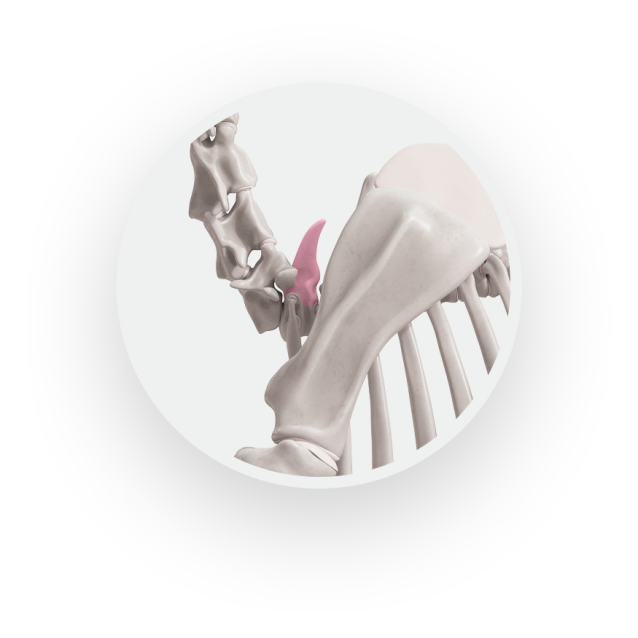
It's not uncommon for horses to have a dip in front of the withers, but in fact they shouldn’t look like that at all. The dip can occur for several different reasons. One of them may be that there’s a large pull in the ligaments, which are located in the area around the
anterior rib and the lower part of the neck.
- The horse is stressed
- The horse lacks its usual energy
- The horse has difficulty doing side movements
Mental challenges

The horse develops girth cramps

The horse has underdeveloped muscles around the croup


- The horse is stressed
- The horse lacks its usual energy
- The horse has difficulty doing side movements
Mental challenges
The horse develops girth cramps
The diaphragm is the largest and most important muscle when it comes to breathing
The horse doesn’t get out of breath
The horse has a dip in front of the withers
The horse is stiff in its topline
The horse has overdeveloped muscles on the back of the thighs
As with other physical challenges, the body adapts so that it can function despite the challenges. It can mean an altered movement pattern, physical changes in the horse's body or behavioural changes. Some of the symptoms of diaphragm problems are:


It almost goes without saying. A healthy breathing is important for the body to function. But actually, it reaches further than that. Healthy breathing stimulates our bodies to become even healthier, happier, less stressed and with greater energy. In addition, efficient breathing has a positive effect on the digestion and physical problems.
Are the ribs moving properly?
Lots of people don’t know how to breathe properly all the way down to the stomach, and this actually applies to our horses as well. Quick and superficial breathing doesn’t make the body work optimally. Maybe only the neck and chest muscles are working, while the abdomen, ribs and back are not moving as they should.
"It’s important that the horse breathes properly. You can find out whether it does by, among other things, observing the movement around its ribs. They must be able to move outwards and inwards, and the movement must be easy to detect,” Bettina Købke explains.
She often finds that shallow breathing in horses can be due to the ribs not being able to move freely. This can be misinterpreted as the horse being in good shape because it never gets out of breath.
"All horses must be able to feel out of breath. It testifies to a healthy movement and balance in the body. Notice if the horse takes a deep breath after hard work or just in general,” Bettina suggests.
Not breathing properly
Horses can have challenges with breathing for several reasons. The diaphragm, for example, can become irritated due to tension, injury or stress. When this happens, the diaphragm muscle will contract and become stiff and inflexible.
Due to the placement of the muscle and attachment to the lower part of the entire lumbar region, the horse's lumbar region will come under pressure because the tense muscle becomes inflexible. This resonates in other parts of the body. And very often the back becomes affected.
“Many back problems in horses can be linked to challenges in the diaphragm. That’s why you have to think the diaphragm into the equation when you have a horse with back problems,” Bettina explains.
The diaphragm is the largest and most important muscle when it comes to breathing. It’s a fairly thin muscle that separates the chest cavity from the abdominal cavity and is placed between the lungs and abdomen. When the horse breathes, the organs must move outward to make room for the lungs. The diaphragm is located
between the posterior thoracic vertebrae and the lumbar vertebrae.
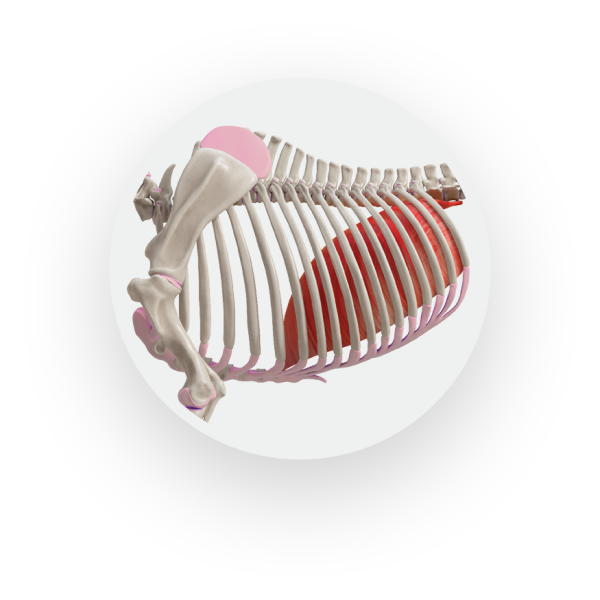
Can your horse find it hard to catch its breath? It actually has to be able to get that feeling, even if it’s in the shape of its life. If it can’t, it may mean that there are issues with the diaphragm. That can lead to a whole set of other challenges in your horse's body and psyche. We’ve talked to veterinarian and osteopath Bettina Købke about how everything is connected.
By Bettina Stecher // Photo: Shutterstock, Canva Pro



annonce

annonce
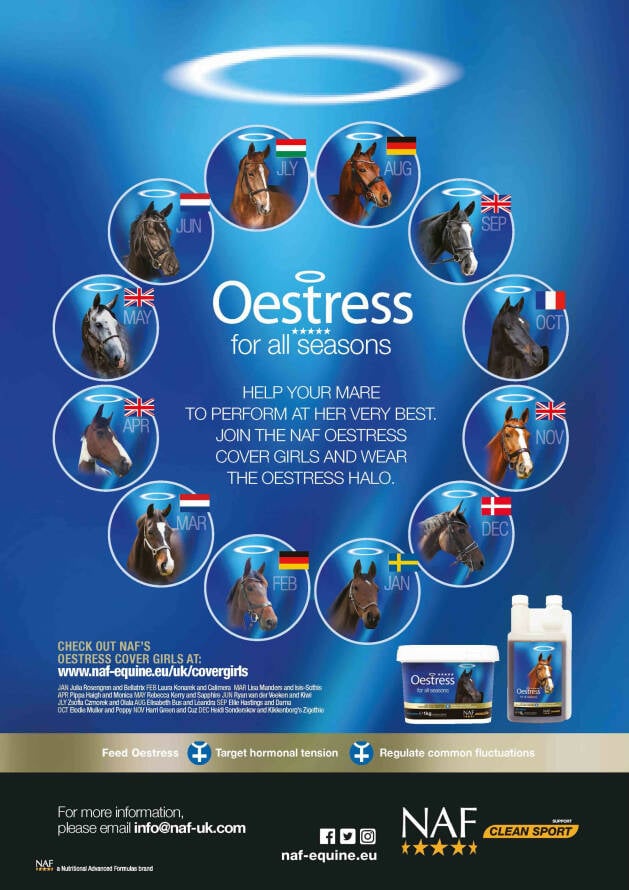
annonce
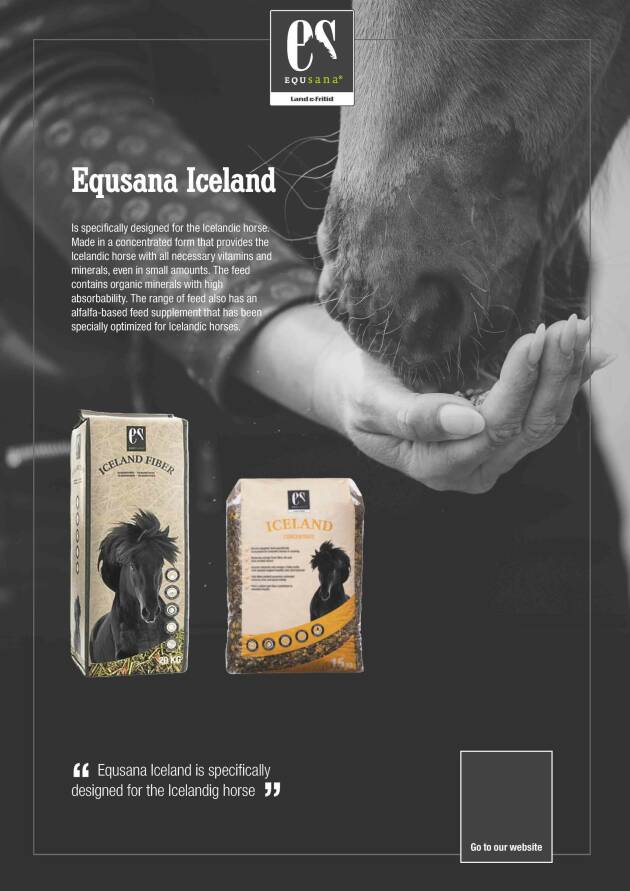
annonce


The horse can’t step under itself with its hind legs
If the horse doesn't get out of breath, it can be misinterpreted as the horse being in good shape
Equine Osteopath EDO®
EDO® stands for Equine Diplomat of Osteopathy and corresponds to the humane osteopath certification. Right now, just four vets in Denmark hold this certification. The title is trademark protected and is a
guarantee that the professional has passed an exam in front of panel from IREO®. Professionals holding the title must earn points to remain certified. The equine osteopaths among other things work with organ- and
fascia techniques that are taught only at the Vluggen Institute og Equine Osteopathy.

Bettina Købke is a trained veterinarian, osteopath EDO, chiropractor, and German
trained instructor. She runs her own company Rebalance Vet v / Bettina Købke, where she works with both horses and dogs. Bettina works from the basis of the underlying problems to restore the body's balance, and not just treat the symptoms.

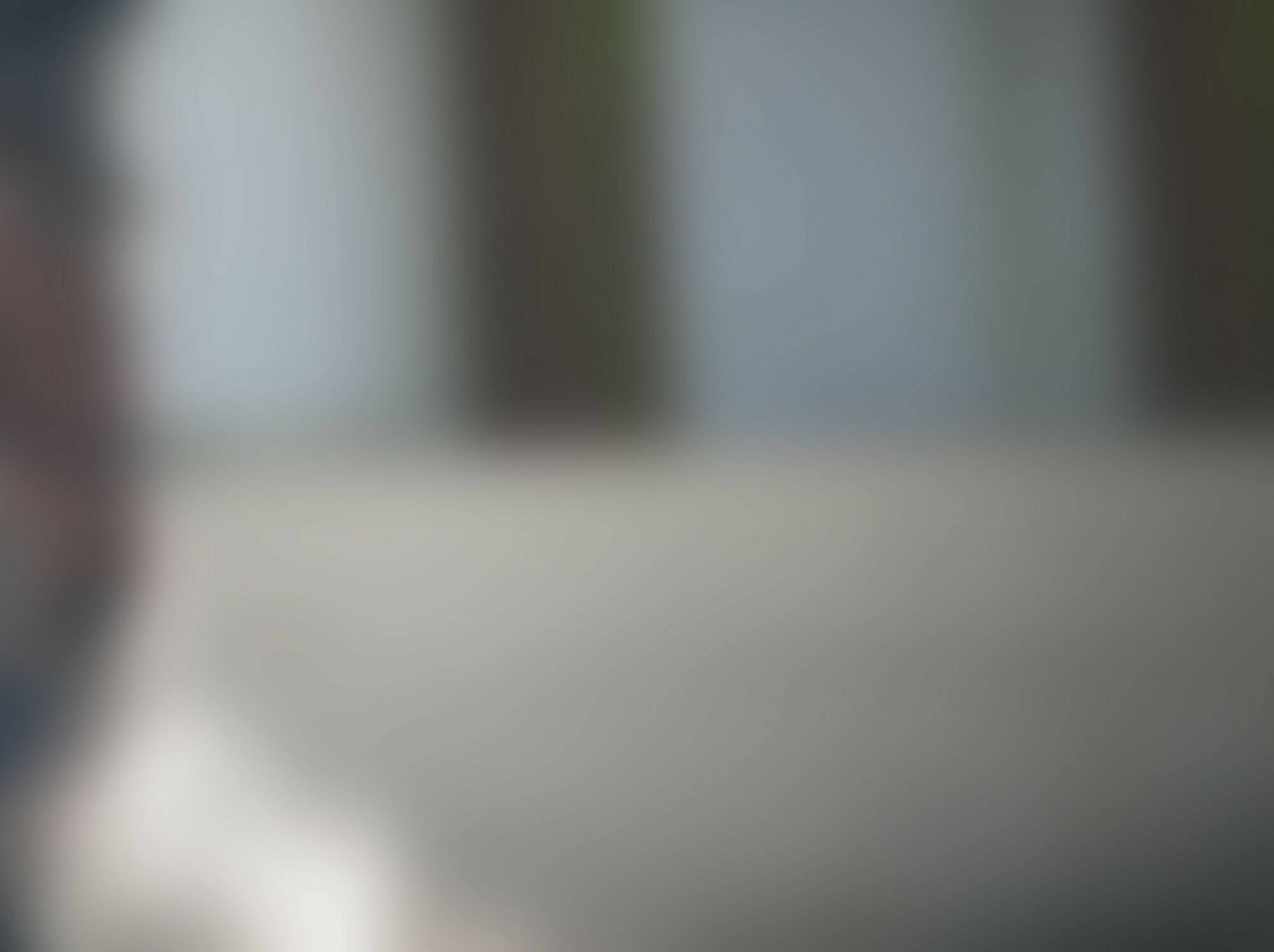
It's not uncommon for horses to have a dip in front of the withers, but in fact they shouldn’t look like that at all. The dip can occur for several different reasons. One of them may be that there’s a large pull in the ligaments, which are located in the area around the
anterior rib and the lower part of the neck.
Reduced movement
When the diaphragm doesn’t work as intended, the horse's body usually doesn’t
function either. The body becomes in-
flexible, and the movements become stiff. The horse may, for example, have difficulty stepping under itself with its hind legs and have difficulty doing side movements. Movements that require the body being supple and flexible.
The reduced mobility has consequences. The horse must compensate in its body to be able to move without discomfort, and this can, for example, cause the horse to develop an asymmetric muscle balance. Horses that have a challenged diaphragm will often have overdeveloped muscles on the hind thighs.
Stress worsens the condition
When we are stressed, it affects the way we breathe, and the same goes for horses.
"The stressed horse will hold its breath and never manage to let go completely. This means that the ribs are inflated and can’t give in,” Bettina explains.
And it can work both ways. Problems in the diaphragm can result in the horse becoming stressed because it can’t breathe properly. The horse will feel physically tense, and this feeling will spread to its mental wellbeing. The horse is simply stressed because it can’t breathe optimally.
On the other hand, a horse that is
stressed for other reasons such as unpleasant experiences, can also have challenges in the diaphragm. Simply because it holds its breath because it’s stressed and thus doesn’t breathe properly. In the long run, it will create tensions that will affect the diaphragm.
Negative spiral
When the horse has challenges with the diaphragm, a domino effect can occur and start a bad downward spiral. If the
horse holds its breath and never has time to completely let go, it will often get tired and show a lack energy. It will not get enough oxygen and there’s a chemical process in the body, which among other things means that the muscles become stiff.
When the muscles stiffen, they become inflexible, and it becomes uncomfortable for the horse to move the way it usually would. As mentioned, this can result in the horse creating compensation patterns, which can present completely different challenges.

Creating the problems yourself
As riders, we ourselves can be instrumental in creating havoc in the horse's diaphragm. For example, if the horse turns its head away from you when you are mounting it, you can unintentionally manipulate the vertebrae in the horse’s back. One or more of the vertebrae may be displaced, and since they are directly connected to the ribs, we may unknowingly affect the horse's ability to breathe optimally.
Bettina Købke therefore recommends that we as riders always make sure that the horse looks straight ahead or towards us when we get up into the saddle.
Think anatomical relationships
A challenged diaphragm can be remedied, but according to Bettina it can only be done through holistic treatment. The types of professionals who are trained to look at the bigger picture and treat the horse accordingly are veterinarians who have taken the continuing education as Horse Osteopath EDO®.
"You always have to check all related structures, otherwise you miss out on important information. For example, it doesn’t make sense to only work on the lumbar region,” explains Bettina, who holds this certificate.
In other words, it requires the right professional if the horse is to be relieved of its diaphragm-related challenges. One who works holistically and is able to assess and treat the whole horse. Not only the superficial structures, but also deep tissues inside the horse.
"If the organs are not placed as they should, they can also cause problems in the diaphragm forcing it to move too far back inside the horse," Bettina explains.
Bettina also explains that the third, fourth and fifth cervical vertebrae are related to the diaphragm. That means that stiffness here can be a symptom of an issue in the diaphragm.
In short – everything is related.
Back issues in horses can originate from the diaphragm


